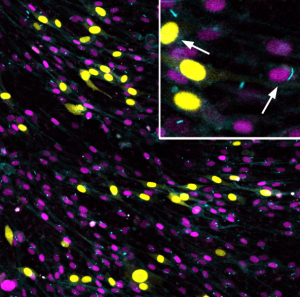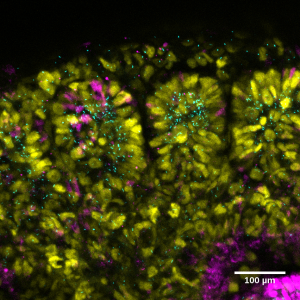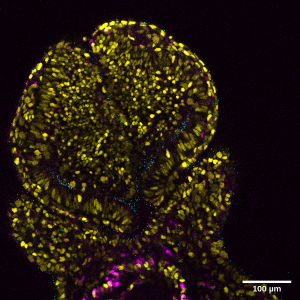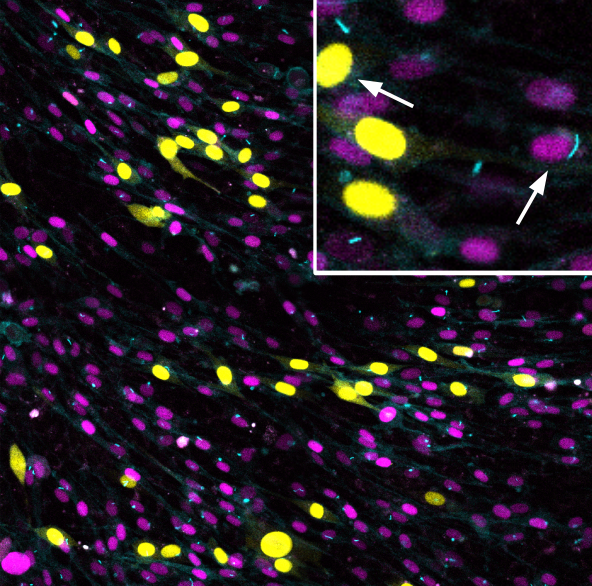Our Fucci2a and Arl13b-Fucci2a inducible and constitutive MESC and constitutive NIH 3T3 cell lines from the Mort lab and our collaboration with the Mill lab are now available through the RIKEN BRC. Further details on our resources page………

A Cell/Cilia Cycle Biosensor for Single-Cell Kinetics Reveals Persistence of Cilia after G1/S Transition Is a General Property in Cells and Mice. Ford MJ, Yeyati PL, Mali GR, Keighren MA, Waddell SH, Mjoseng HK, Douglas AT, Hall EA, Sakaue-Sawano A, Miyawaki A, Meehan RR, Boulter L, Jackson IJ, Mill P, Mort RL. Dev Cell. 2018 Nov 19;47(4):509-523.e5. doi: 10.1016/j.devcel.2018.10.027. PMID: 30458140 Free PMC article.
Fucci2a: a bicistronic cell cycle reporter that allows Cre mediated tissue specific expression in mice. Mort RL, Ford MJ, Sakaue-Sawano A, Lindstrom NO, Casadio A, Douglas AT, Keighren MA, Hohenstein P, Miyawaki A, Jackson IJ. Cell Cycle. 2014;13(17):2681-96. doi: 10.4161/15384101.2015.945381. PMID: 25486356 Free PMC article.




